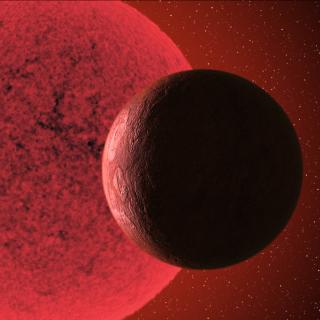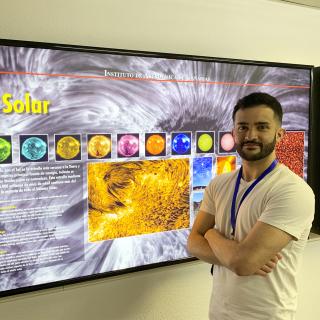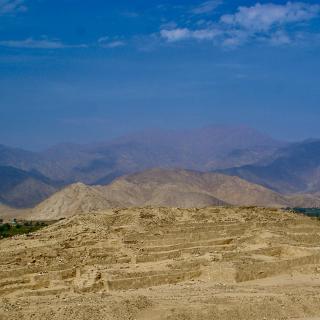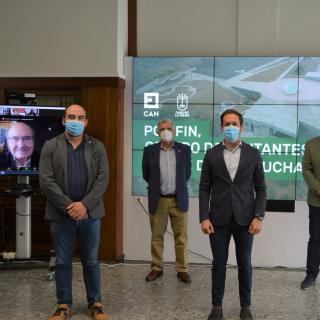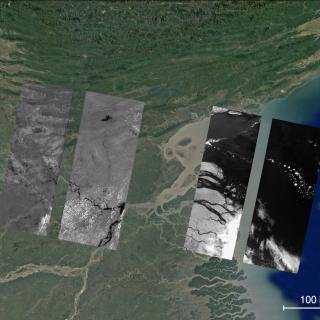
DRAGO, the infrared camera developed by the team at IACTEC-Space of the Instituto de Astrofísica de Canarias, has seen its “first light”. The instrument, placed in orbit in January from Cape Canaveral is in its commissioning phase. The images taken show the mouth of the rio Meghna in the Ganges delta, the largest delta in the world. Even though it is a preliminary test, the quality of the results is well above expectation and show what DRAGO will be able to do once it is fully operational. On January 24th 2021 the infrared camera DRAGO ( Demonstrator for Remote Analysis of Ground
Advertised on

